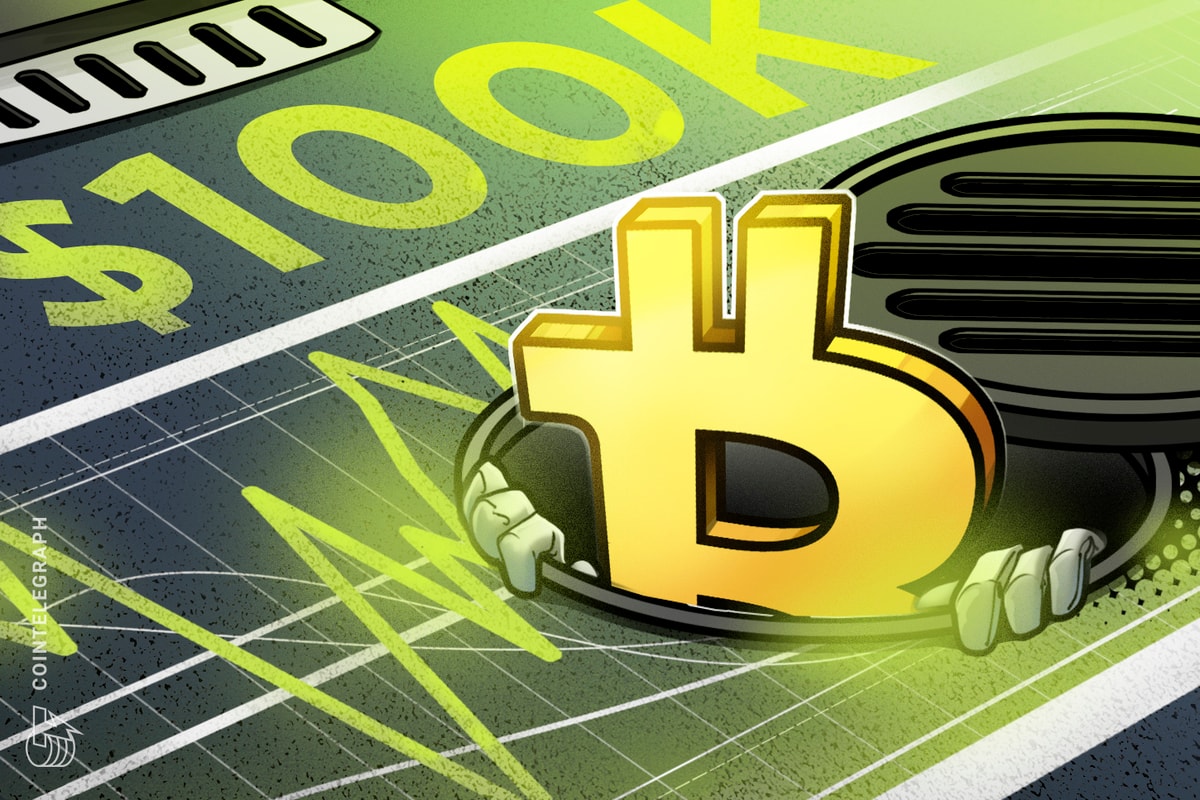Friday’s jobs report is expected to be solid, but delta variant raises downside risk
4 min read
August’s employment report is expected to show another strong month for hiring, but it could also give a glimpse at how the Covid-19 delta variant has impacted the economy.
The jobs report, set for release Friday at 8:30 a.m. ET, is also expected to provide critical guidance for the Federal Reserve in its process of deciding when to begin trimming its bond purchases.
According to Dow Jones, economists expect 720,000 payrolls were added in August. That would be a strong number, but down from the 943,000 in July. The unemployment rate is expected to have slipped to 5.2% from 5.4%, and average hourly earnings are forecast to have risen by 0.3% or 4% on an annual basis.
“I think the risks are very much to the downside,” said Lee Ferridge, head of macro strategy for North America at State Street Global Markets. “I’m not sure how much we’re factoring in the impacts of delta.”
Forecasts for the report are wide-ranging, from about 300,000 to 1 million.
“If you get a number that doesn’t meet expectations, say 500,000 instead of 735,000, to me that rules out a taper announcement in September, which is still consistent with the message [Fed Chairman Jerome] Powell gave in Jackson Hole,” Ferridge said.
A very weak number would raise concerns about the strength of the economy, he said.
“I think the market is pretty split on whether we get the announcement next month or in November. If we get a weak number, it pushes that announcement way back to November,” Ferridge said.
On the other hand, a strong jobs report could put a dent in stock prices Friday morning. “A very strong number, I think risk suffers because we think – okay, September taper,” Ferridge said. “That’s a tougher one for the market to shrug off. … We are in the weird world where bad news is good news in terms of risk appetite. Anything that says we might see a more hawkish central bank, that’s bad news.”
But just like economists, the Fed will also be looking at whether there are tell tale signs that Covid impacted hiring and activity. The virus variant has been a wild card for the economy, and its impact could be a factor that sways the Fed as it considers the first step away from the extraordinary easing policy it implemented to battle the pandemic.
Powell, speaking at the Fed’s Jackson Hole Symposium last week, said central bank officials agreed they should begin to taper their $120 billion-a-month bond buying program this year. The chairman said he would still like to see more progress in the labor market before a taper, so this employment report and the next have become extremely important input ahead of the Fed’s Sept. 22 meeting.
“I don’t think this is a deciding number for the Fed but it’s a glimpse of something we already know. That is that we already lost a lot of momentum,” Grant Thornton chief economist Diane Swonk said. “It looks like consumer spending is going to contract in the third quarter, and we knew the second quarter would be the crest in growth for the year.”
Swonk expects 675,000 jobs were added in August, including 100,000 in education as schools reopen. But she adds that there are risks the number could be lower than her estimate.
Goldman Sachs economists cut their forecast this week to 500,000 from 600,000 after Thursday’s report of manufacturing data showed a contraction in jobs in August. The Institute for Supply Management manufacturing index rose to 59.9, a surprise gain, but the jobs component slid 3.9 points to 49. A measure below 50 signals contraction.
Swonk said Hurricane Ida and other storms could impact the data in September. “We’ve got climate change colliding with Covid,” she said.
Wilmington Trust chief economist Luke Tilley has among the lowest forecasts at 300,000. He said high-frequency data he watches indicates a slowing.
“We do think that the spread of delta and some slowing in spending has a lot to do with it,” he said. “Spending at restaurants is coming down. You can look at daily spending trackers. Spending on airlines and leisure came down from July.”
While some of that is normal over the course of the summer travel season, Tilley said there’s a bigger trend developing. “We do think we’re going to see a slowing. We’re in the process of revising some of our GDP numbers.”
But other economists are more optimistic about the progress in the labor market. Amherst Pierpont chief economist Stephen Stanley expects 950,000 jobs were added in August.
He called the Bureau of Labor Statistics employment report “one of the most consequential in years,” since several Fed officials have said they would push for a tapering announcement at the September meeting if the report is strong.
“I look for another robust report, which I expect to push the committee to announce a beginning of the taper process in September,” he wrote in a note.
Stanley added there has been anecdotal and survey data showing businesses are desperately trying to hire workers but continue to find a shortage.
“At the margin, the Delta wave my have led some fence sitters to remain on the sidelines a bit longer, but I doubt that it has made a major difference in the aggregate,” he wrote. The more important dynamic this summer has been the expiration of supplemental unemployment benefits.”
Stanley expects the trend to continue to be strong.
“Moreover, with school starting in most of the country by late August or early September and supplemental unemployment benefits expiring next week, I would look for job growth to pick up further over the next few months,” Stanley noted.







